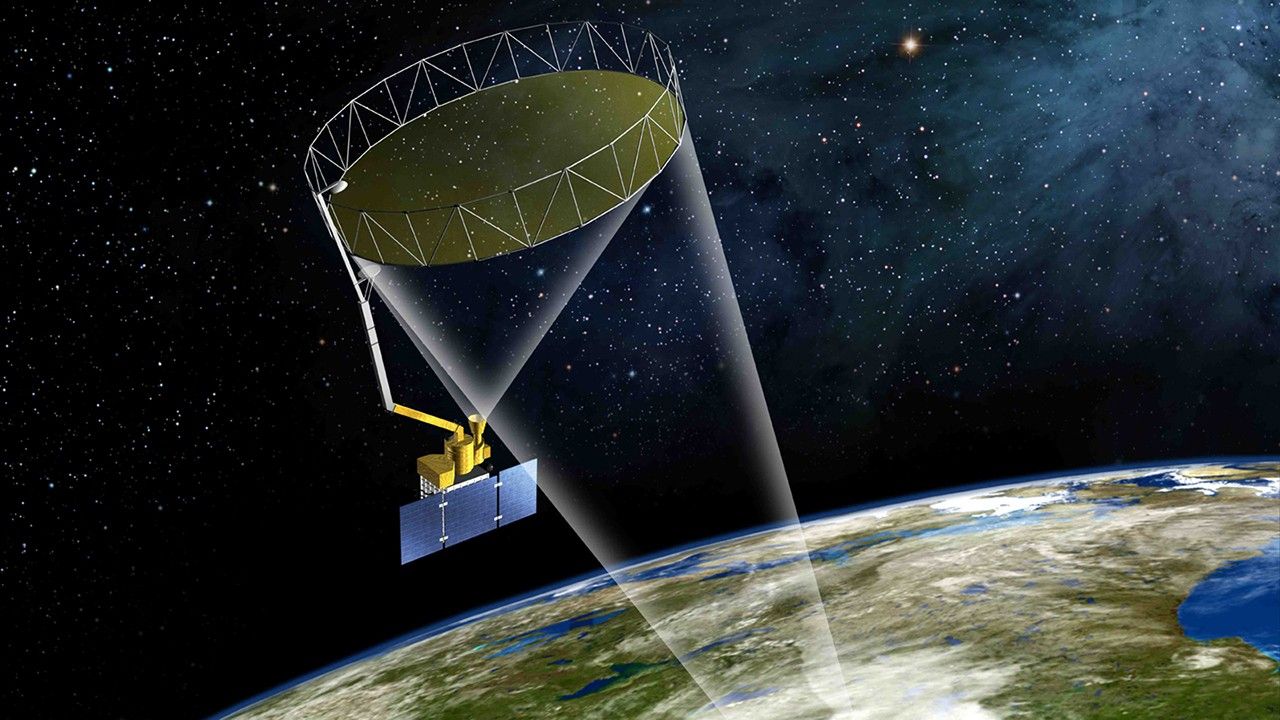Now Reading: Key Takeaways from the 2025 GEDI Science Team Meeting
-
01
Key Takeaways from the 2025 GEDI Science Team Meeting
Key Takeaways from the 2025 GEDI Science Team Meeting

Fast Summary
- The 2025 Global Ecosystem Dynamics Inquiry (GEDI) Science Team Meeting (STM) was held at the University of Maryland, with over 60 participants attending in-person and others joining virtually.
- GEDI instruments resumed operations after being in a “hibernation” phase on the International Space Station (ISS) from March 2023 too April 2024. since its reinstatement, GEDI has collected high-resolution earth structure data, amassing over 33 billion observations.
- Updates where shared on GEDI’s latest data products (version 2.1),ongoing algorithm optimization,and upcoming Version 3.0 releases that aim to improve accuracy,geolocation performance,and expand global observation coverage through collaborations with missions like NASA’s NISAR and ESA’s Biomass mission.
- Diverse research using GEDI’s forest structure data was presented by international scientists-including wildfire recovery modeling in Spain/Portugal, carbon sequestration studies in tropical forests, fuel mapping for fire behavior prediction in U.S., and biodiversity applications supporting habitat conservation globally.
- New collaborative projects integrating GEDI’s LiDAR with Synthetic Aperture Radar (SAR) missions such as DLR’s TanDEM-X or Sentinel-1 were previewed for enhanced biomass mapping capabilities.
- Progress reports highlighted increased adoption of GEDI datasets for sustainable forest management practices including national inventory reporting under UN climate frameworks.
Indian Opinion Analysis
The resumption of NASA’s GEDI project offers meaningful potential benefits for India as it strengthens global efforts to map critical ecosystem parameters like biomass density and canopy structure-tools essential for tracking deforestation or climate change impacts accurately.Notably, synergy between India’s ISRO NISAR mission-co-developed with NASA-and GEDI could provide improved deforestation monitoring systems tailored to India’s diverse tropical forests while aiding international climate commitments.
India can also analyze post-fire recovery on degraded lands or integrate high-resolution metrics into rural policies guiding agroforestry expansion or wildlife corridor restoration plans vital under environmental treaty obligations like UN REDD+ programs aiming carbon credit fidelity gaps globally align scientific -wealth equitable

























